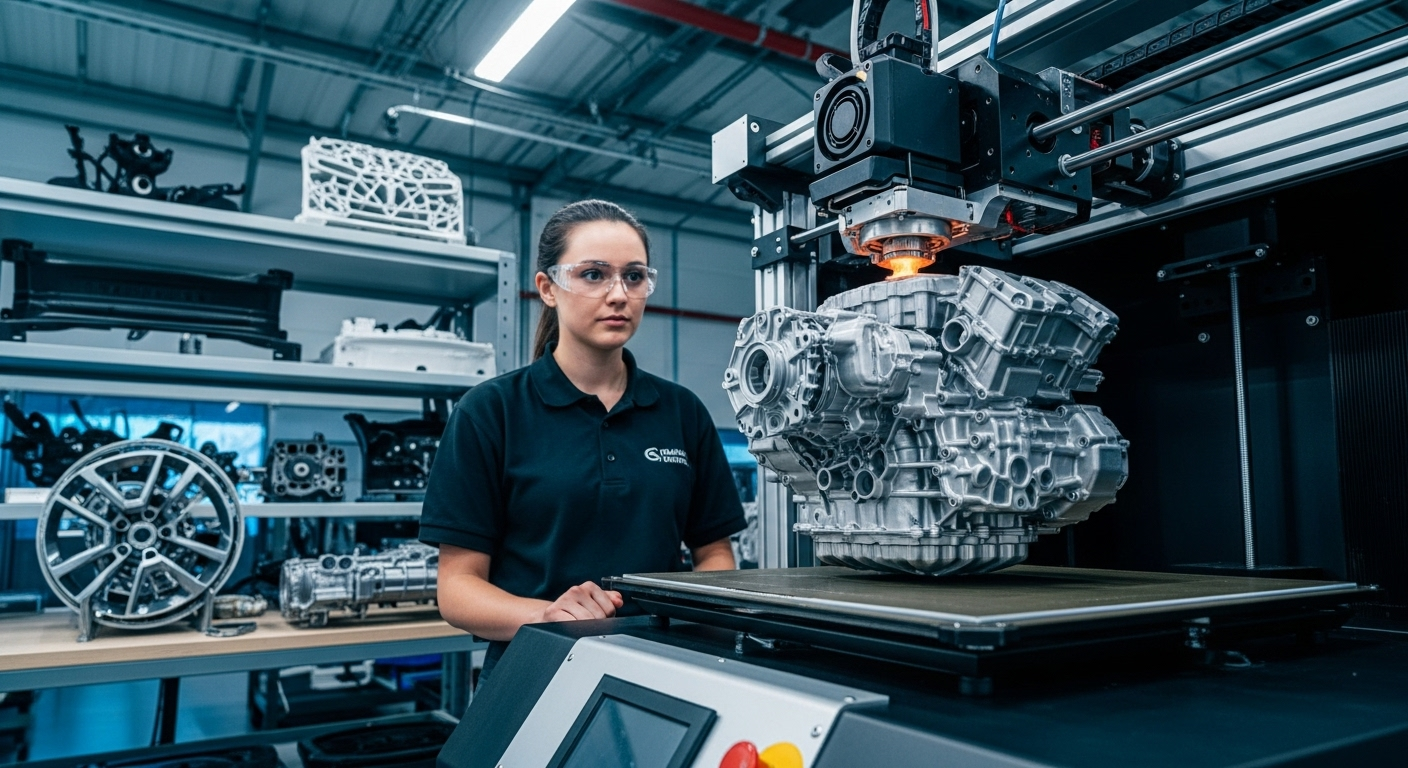Synthetic Rubber: The Unsung Hero of Automotive Performance
From the roar of engines to the sleek curves of bodywork, many elements contribute to a car's allure. Yet, beneath the surface lies an often-overlooked component that revolutionized the automotive industry: synthetic rubber. This marvel of chemical engineering has transformed everything from tire performance to engine efficiency. But how did this material become so crucial to our vehicles, and what does its future hold? Let's embark on a journey through the world of synthetic rubber and discover its profound impact on automotive technology.

Chemical Wizardry: How Synthetic Rubber is Made
Synthetic rubber is a polymer, created through a process called polymerization. This involves linking small molecules, known as monomers, into long chains. The most common type used in automotive applications is styrene-butadiene rubber (SBR). The production process begins with the extraction of raw materials from petroleum or natural gas. These are then refined and combined under specific conditions of temperature and pressure, often with the help of catalysts, to form the final product.
Beyond the Tire: Diverse Applications in Vehicles
While tires are the most obvious use of synthetic rubber in automobiles, its applications extend far beyond. Engine mounts, which reduce vibration and noise, rely heavily on synthetic rubber compounds. Hoses and belts, critical for the proper functioning of various systems, benefit from the material’s flexibility and durability. Even in the realm of safety, synthetic rubber plays a crucial role in components like brake pads and windshield wipers.
Pushing the Limits: High-Performance Synthetic Rubbers
As automotive technology advances, so too does the development of synthetic rubbers. High-performance variants are engineered to withstand extreme temperatures, resist chemical degradation, and maintain their properties under high stress. These advanced materials find their way into racing tires, specialized seals for high-pressure systems, and even in the creation of cutting-edge composite materials used in luxury and sports car production.
Environmental Considerations and Future Innovations
The automotive industry’s push towards sustainability has not overlooked synthetic rubber. Researchers are exploring bio-based alternatives, seeking to reduce reliance on petroleum-derived materials. Additionally, efforts are underway to improve the recyclability of synthetic rubber components, addressing end-of-life concerns for vehicles. These innovations promise not only to enhance performance but also to align with global environmental goals.
The Unseen Impact on Driving Experience
Every time we take the wheel, synthetic rubber silently contributes to our driving experience. It absorbs road vibrations, ensuring a smoother ride. It helps maintain grip in various weather conditions, enhancing safety. The precise control we feel through the steering wheel is partly thanks to synthetic rubber components. This material, often taken for granted, plays a vital role in the comfort, performance, and reliability of modern vehicles.
Challenges and Opportunities in Synthetic Rubber Development
Despite its many advantages, synthetic rubber faces ongoing challenges. Fluctuations in oil prices can significantly impact production costs. Additionally, achieving the perfect balance of properties – such as grip, durability, and rolling resistance in tires – remains a constant pursuit. However, these challenges also drive innovation, pushing researchers to explore new formulations and manufacturing techniques that could lead to breakthroughs in automotive performance.
The Global Impact: From Production to Performance
The synthetic rubber industry has become a global powerhouse, with production facilities spanning continents. This global network ensures a stable supply for automotive manufacturers worldwide, contributing to the industry’s resilience. Moreover, the continuous improvement of synthetic rubber has enabled vehicles to perform better in diverse climates and conditions, from the scorching deserts to frigid polar regions.
In conclusion, synthetic rubber stands as a testament to human ingenuity and its power to transform industries. From its humble beginnings as a substitute for natural rubber to its current status as an indispensable component in modern vehicles, it has come a long way. As we look to the future of automotive technology, synthetic rubber will undoubtedly continue to evolve, adapting to new challenges and enabling innovations we have yet to imagine. The next time you marvel at a car’s performance or enjoy a smooth ride, remember the unsung hero beneath the surface – synthetic rubber, quietly revolutionizing our driving experience one molecule at a time.





